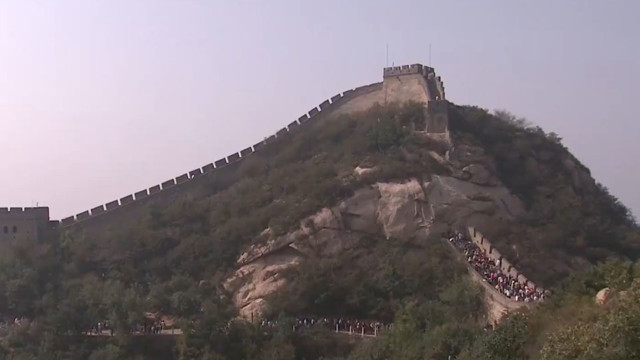Part of paving China’s path to green development can be found in the country’s national parks.
Recently, the Chinese government announced a plan to establish a network of national parks by 2020.
The aim is to protect these national gems from environmental threats.
CGTN’s Frances Kuo takes a look.
They are some of the rich treasures of China: more than 200 national parks.
Now, there’s a new plan to help preserve them.
“It marks a new stage of China’s national park establishment,” said Peng Fuwei, Deputy Director of Social Affairs, National Development and Reform Commission. “This will open a new chapter of our ecosystem and natural heritage protection.”
The plan was unveiled after a two-year pilot program.
It calls for national parks to have distinct borders, or “red line zones,” in which areas will be under mandatory protection. Also, management will be streamlined and monitored by the state.
Construction, illegal mining, pollutants and hunting will be banned.
Also under scrutiny will be local officials. They’ll face penalties if they don’t perform their duties.
The plan follows the launch of China’s pilot program of 10 national parks, with a total area of 170,000 square kilometers.
Some protect endangered and threatened species like the giant panda; others are dedicated to historic relics like the Great Wall.
To boost interest in national parks, beyond the most famous ones, the park will offer educational and leisure opportunities to the public.
“They are owned by the whole people, not a certain department, interest group or tourism company,” said Zhu Chunquan, a pilot program expert.
After the national park system is in place in three years, the government will take additional steps to make the network and management even more efficient by 2030.
 CGTN America
CGTN America


